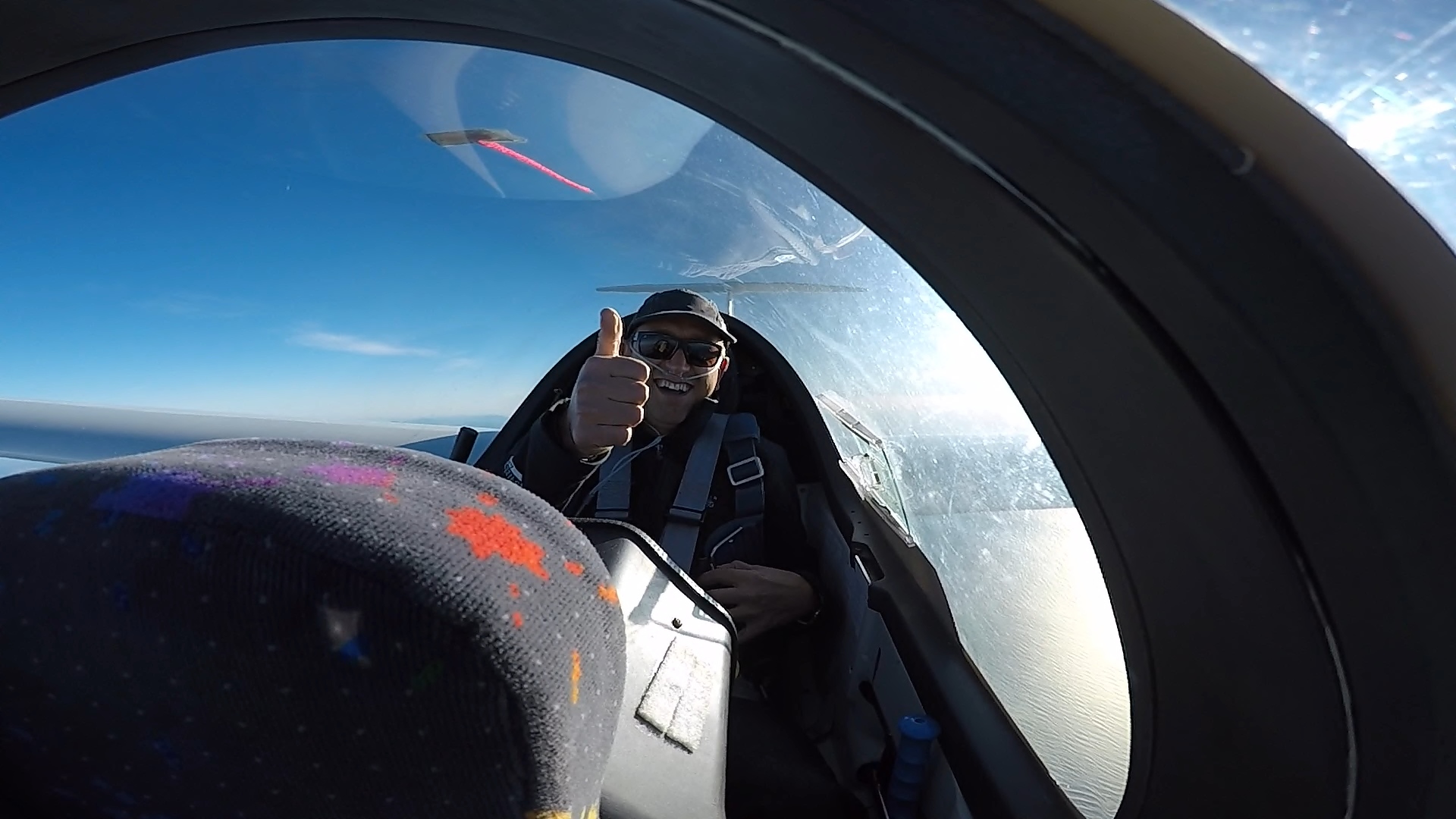Nine years ago, in March of 2008, Kurt Thams posted a video he took of four BASA glider pilots playing above the Watsonville airport at 18,000’ and everyone was obviously having a great time. Ever since seeing that video I had to taste that feeling. Last weekend I got my chance.
It was late on a Wednesday night and I was anticipating my upcoming weekend flight in the BASA DG1000 glider 1CH. I called up the RASP forecast on my computer and scrolled through the days ahead. But the RASP was not showing Saturday, my fly date. It skipped right from Friday to Sunday. I wanted to see the forecast for Saturday although was not expecting anything special. Then an email hit the HGC discussion group with a North wave prediction for Saturday. I looked again at the forecast and on the BASA web site the WINDYTY showed strong north winds. Halleluiah!!! Could this finally be my chance to fly that famous North wind wave over Watsonville?
I sent out an email to my friend that would be flying with me to confirm he could still make it and got an affirmative. Everything was set and I studied the forecast each day as the weekend approached. I studied the winds and terrain to map out the most likely locations to encounter the wave at a variety of altitudes and times of day. The forecast improved each evening, enhancing my anticipation. The forecasted winds were 70 knots at altitude so I was glad to be flying the DG1000 due to its good upwind penetration ability. But, based on my flight planning using GlidePlan, this also meant that falling out of the wave below 8,000’ would mean an almost certain landout at Watsonville. The combination of input from pilots who have successfully flown this wave in the past, my analysis of the available weather and lift forecasting tools, and an in-depth plan and strategy to fly the wave plus taking a high tow to ensure we were solidly in the wave prior to release was my recipe for success.
I arrived at the airport around 10am on Saturday, December 16th and gave the glider a thorough preflight and checked the pressure in the Oxygen tank. It read 1200 lbs which should be enough since my flight was not likely to last more than a couple hours and I would not be using Oxygen for the initial phase of the climb since we were launching from sea level.
My co-pilot, VJ Mirzayan, was finishing up a lesson with Jonathan Hughes and we were targeting a launch between 1 and 2pm. While I waited for VJ to finish up a spoke with Travis. He had already been towing and told me that the wave was definitely working. We looked at the RASP together and it was even better than last night. I was getting very excited.
The first glider launched around noon. This was BASA glider 5KM piloted by Valentin Mayasin and Art Thompson. They quickly fell out of the wave and were back on the ground for another launch. OK, my plan for a high tow into the wave was confirmed. Next up was Ben Hirashima. Neither Ben nor Valentin and Art returned so VJ and I lined up waiting for the tow plane to refuel and take us up.
We towed past the gravel pits on the East side of the hills that separate Hollister and Gilroy from the coastal flatlands South of Watsonville. The vario showed 6 knots on the initial part of the tow and then increased to rest consistently between 8 and 10 knots, indicating that there was a wave. We held on well past the initial positive vario readings to ensure we were solidly established in the lift zone and released 7 miles south east of Watsonville at 8,300’ MSL in smooth 3 knot lift.
Ben had already been in the wave for almost an hour and asked us where we had released. Wolf Weber was already in the air behind us in his self-launching glider and also was inquiring where we released.
We probed the wave to get a sense of its boundaries by flying faster into the wind until the lift subsided and then slowing to drift backwards to see where the trailing edge of the lift was. This gave us a good mental picture of the location of the wave with respect the mountain range and terrain features below us. We then settled into a slow and steady climb that ranged from 2-4 knots for about an hour. I was periodically dropping markers in my flight computer using XCSoar to help define the lift boundaries should we get blown out of the lift zone. This ended up being very helpful as the upper level winds were quite strong and drifting out of the lift was easy.
The views were breathtaking and with a totally clear blue sky we could see the coastline all the way from Carmel to Half Moon Bay. Climbing in wave lift also gave us lots of time to take in the wonder of pure flight without the stress of having to find the next thermal. Just pure joy.
The lift was steady but the winds were quite strong. At around 15,000’ we were heading straight into the wind at an indicated air speed of 50 knots with a ground speed of only 2 knots. Factoring in the true airspeed for a 15,000’ altitude our actual headwind was up around 65 knots (just as per the forecast). This meant that each time we drifted downwind we would have to pick up the airspeed to 80 knots to get back into the heart of the wave. We experimented with this by performing three consecutive circles at 16,700’ and our ground speed varied from between 10 knots upwind and 130 knots downwind at different parts of the circle according to the fight trace on SeeYou (glider incorrectly designated 5KM in SeeYou). The degree of drift I those three circles was HUGE. But once back in the wave we were able to cruise at 90 knots at zero sink.
After an hour and 15 minutes of climbing, sightseeing and playing around in and out of the wave we were there and I announced, “1CH 17,999’ over Watsonville!!!” VJ and I were ecstatic. This was his first exposure to wave flight and it was for me an accomplishment that was nine years in the making and quite satisfying. I put the nose down and we accelerated to 90 knots to get a bit further north before turning around and heading back to the airport as it was now almost 4pm and night would be upon us in an hour. We made it to mount Umunhum, declared victory and turned for home. Our ground speed quickly rose from 20 knots to 180 knots and we were shooting over the ground like a jet on our way back to Hollister. WOW. The landing was uneventful. The winds on the ground had remained steady at 15-20 knots right down runway 31 all day and died down as we were putting the covers on the glider. What an end to a very satisfying day. I can’t wait to do this again.







